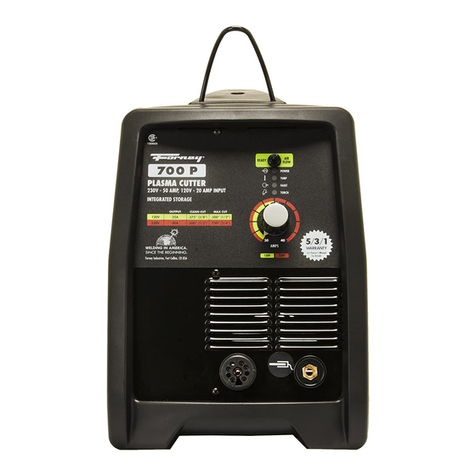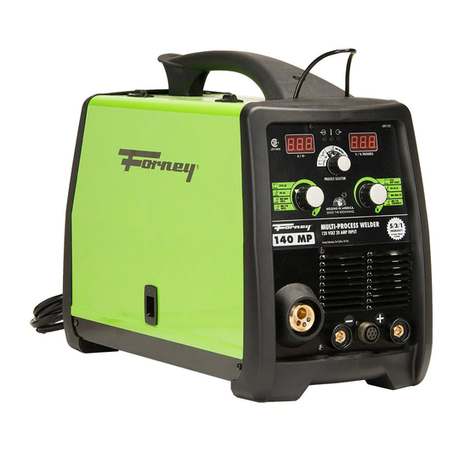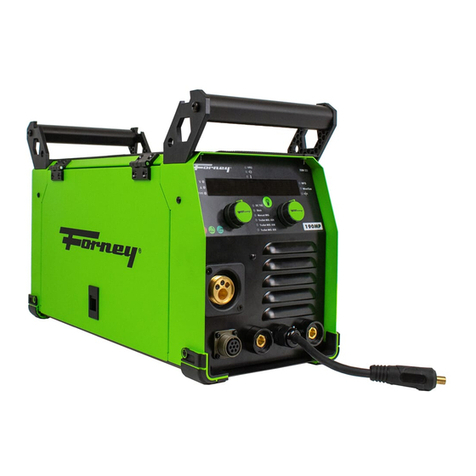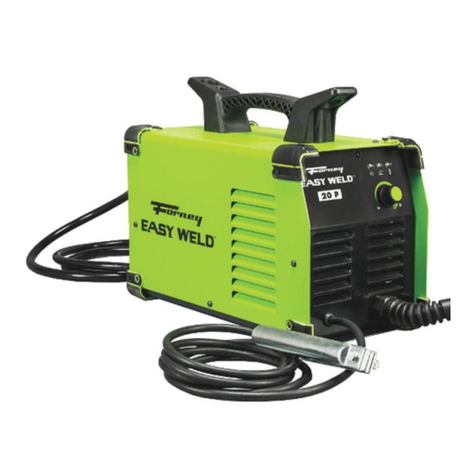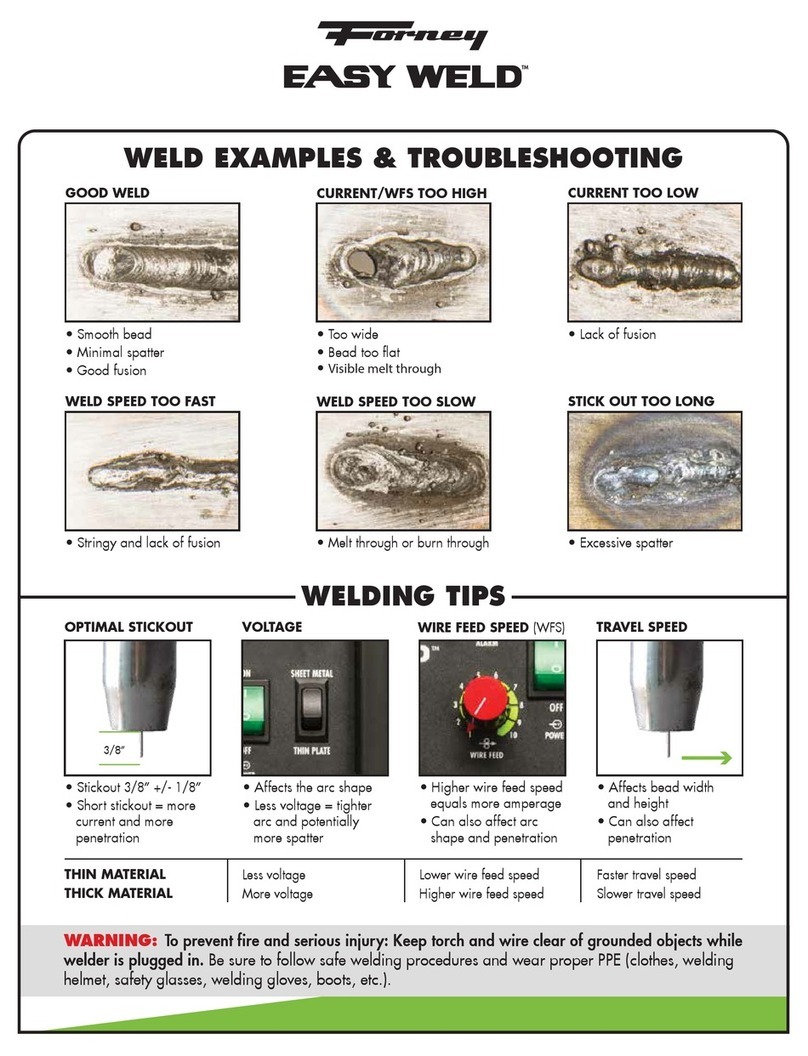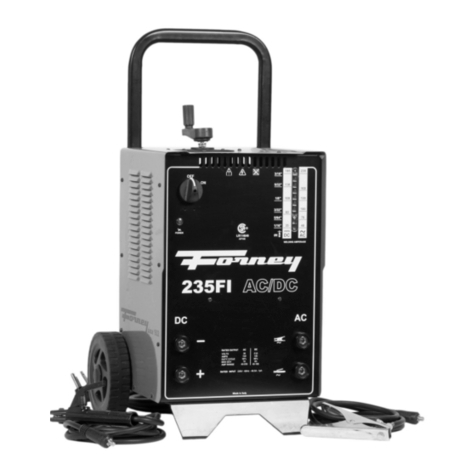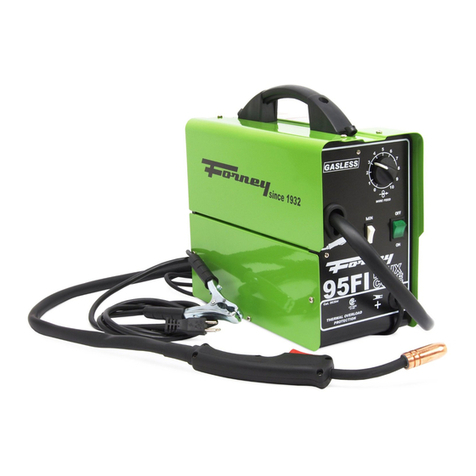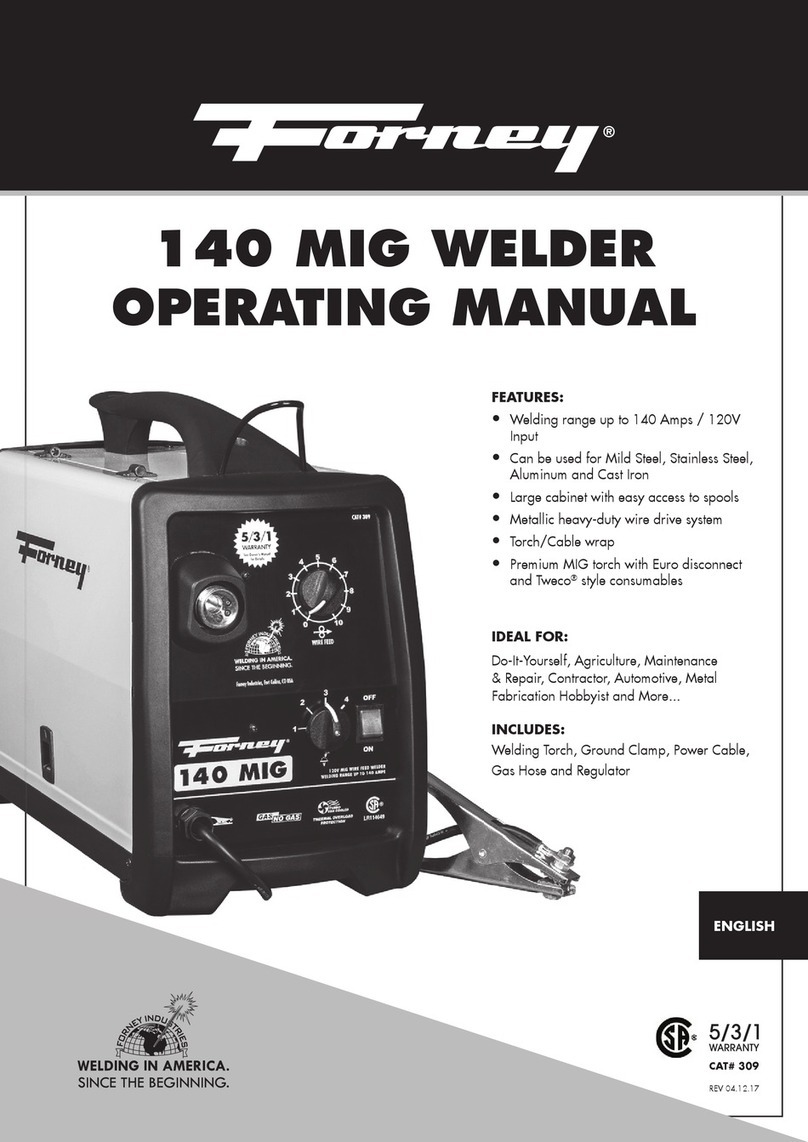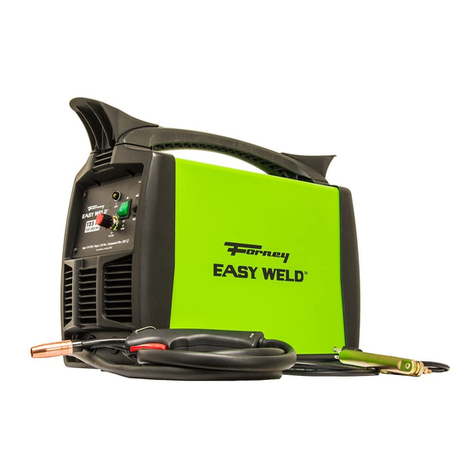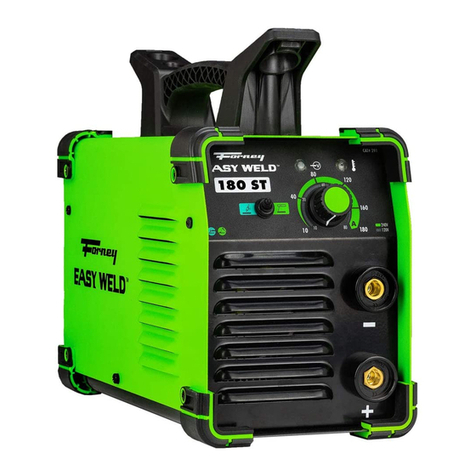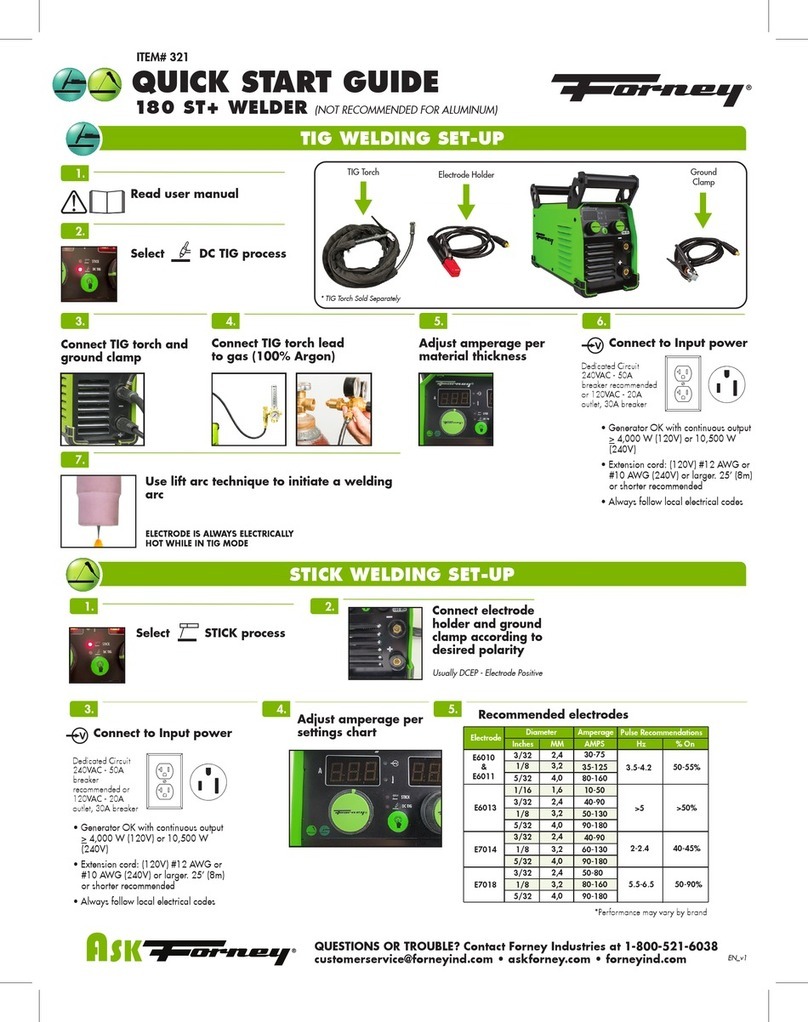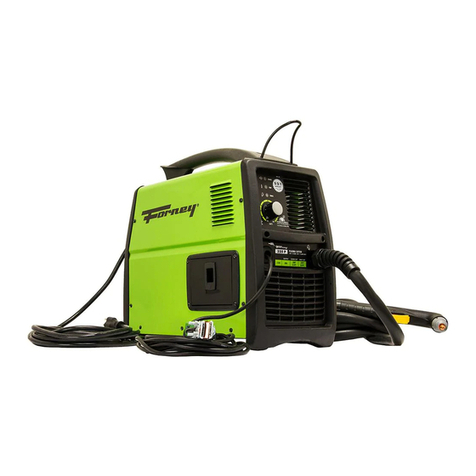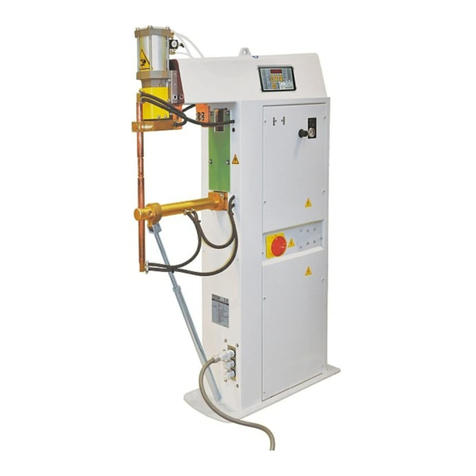WARRANTY................................................................................................................................................................ 4
SAFETY SUMMARY ..................................................................................................................................................... 5
PRINCIPAL SAFETY STANDARDS............................................................................................................................ 5
CALIFORNIA PROPOSITION 65 WARNING........................................................................................................... 5
EMF INFORMATION............................................................................................................................................. 5
PERSONAL PROTECTION...................................................................................................................................... 6
FIRE PREVENTION................................................................................................................................................ 7
HIGH FREQUENCY RADIATION ............................................................................................................................ 8
ARC WELDING .................................................................................................................................................... 8
ELECTRIC SHOCK ................................................................................................................................................. 8
NOISE ................................................................................................................................................................. 9
ADDITIONAL SAFETY INFORMATION ................................................................................................................... 9
TABLE OF CONTENTS................................................................................................................................................ 10
INSTALLATION.......................................................................................................................................................... 11
WELDER SPECIFICATIONS ................................................................................................................................. 11
SITE SELECTION ................................................................................................................................................ 11
POWER SOURCE CONNECTION........................................................................................................................ 11
VENTILATION..................................................................................................................................................... 11
ADDITIONAL WARNINGS .................................................................................................................................. 12
ASSEMBLY................................................................................................................................................................ 12
TORCH LEAD AND SPOOL GUN ASSEMBLY........................................................................................................ 12
GAS CYLINDER AND REGULATOR CONNECTION............................................................................................... 12
SHIELDING GAS GUIDE...................................................................................................................................... 13
WIRE LOADING ................................................................................................................................................. 13
REPLACING THE WIRE LINER .............................................................................................................................. 14
HOW TO CHOOSE THE WIRE LINER FOR DIRECT AND EURO CONNECT TORCHES............................................. 14
FLUXCORE WIRE WELDING, “FCAW” ................................................................................................................. 15
MIG WELDING, “GMAW” .................................................................................................................................. 15
ALUMINUM WELDING ....................................................................................................................................... 15
ARRANGEMENT FOR WELDING WITH A SPOOL GUN........................................................................................ 15
SETTING THE WIRE DRIVE TENSION ................................................................................................................... 17
ADJUSTING THE SPOOL POSITION..................................................................................................................... 17
OPERATION.............................................................................................................................................................. 17
DESCRIPTION..................................................................................................................................................... 17
WELDER CONTROLS .......................................................................................................................................... 18
THERMAL OVERLOAD PROTECTION ................................................................................................................... 21
TECHNICAL DATA INFORMATION GUIDE............................................................................................................ 21
WELDING PREPARATION.................................................................................................................................... 21
FACTORS TO CONSIDER FOR BEST WELDING RESULTS....................................................................................... 22
WELDING WIRE SELECTION............................................................................................................................... 22
GAS SELECTION ................................................................................................................................................ 22
SETUP FOR STICK WELDING (SMAW) ................................................................................................................. 23
SETUP FOR TIG WELDING (GTAW) WITH LIFT ARC .............................................................................................. 23
MIG, GMAW, FLUXCORE WIRE (FCAW) MANUAL WELDING............................................................................... 24
MIG, GMAW, FLUXCORE WIRE (FCAW) SYNERGIC WELDING............................................................................. 25
MIG, GMAW, FLUXCORE WIRE (FCAW) WELDING SETTING CHART .................................................................... 26
MAINTENANCE & SERVICING................................................................................................................................... 27
GENERAL MAINTENANCE ................................................................................................................................. 27
TROUBLSHOOTING................................................................................................................................................... 27
WIRING DIAGRAM ................................................................................................................................................... 30
TOOLS AND SPARE PARTS LIST.................................................................................................................................. 31
PARTS DIAGRAM ...................................................................................................................................................... 32
MIG GUN TORCH SPARE PARTS LIST.......................................................................................................................... 33
USER NOTES ............................................................................................................................................................ 34
Table of Contents

